How to mix classic rock vocals
Get that stadium-filling rock sound in your DAW

How to produce great rock vocals
Rock vocals come in so many different shapes and sizes that there are no set rules for processing them. However, there are still some general techniques you can apply to get the foundations right. We’ve got a big vocal to play with here - which is a good place to start!
Next: Six steps to great rock vocals
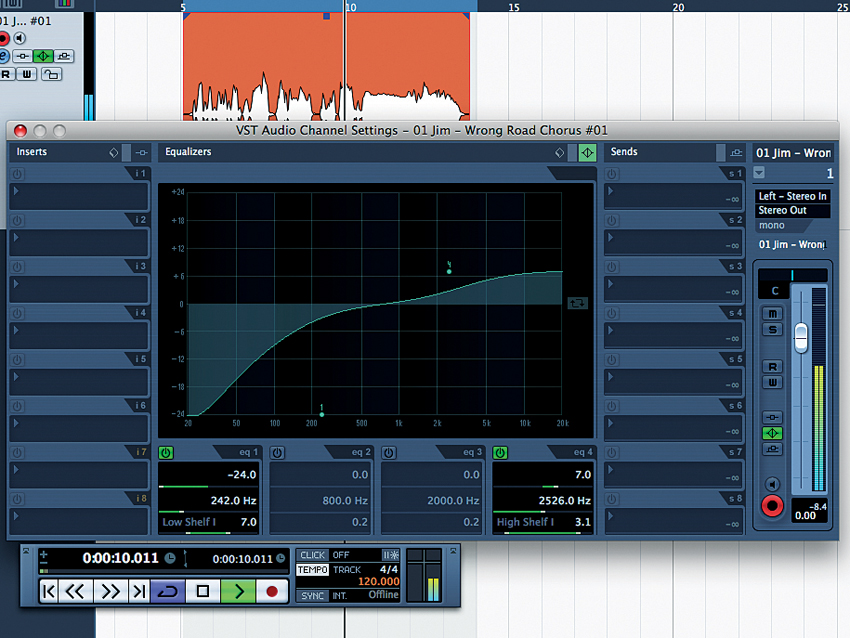
Aggressive EQing
Step 1: To get a powerful vocal like this sounding suitably rock-like, you need to be aggressive. We EQ it, boosting the highs dramatically and cutting out a good chunk of the lows. We need our singer coming in nice and hot, and this will do the trick.
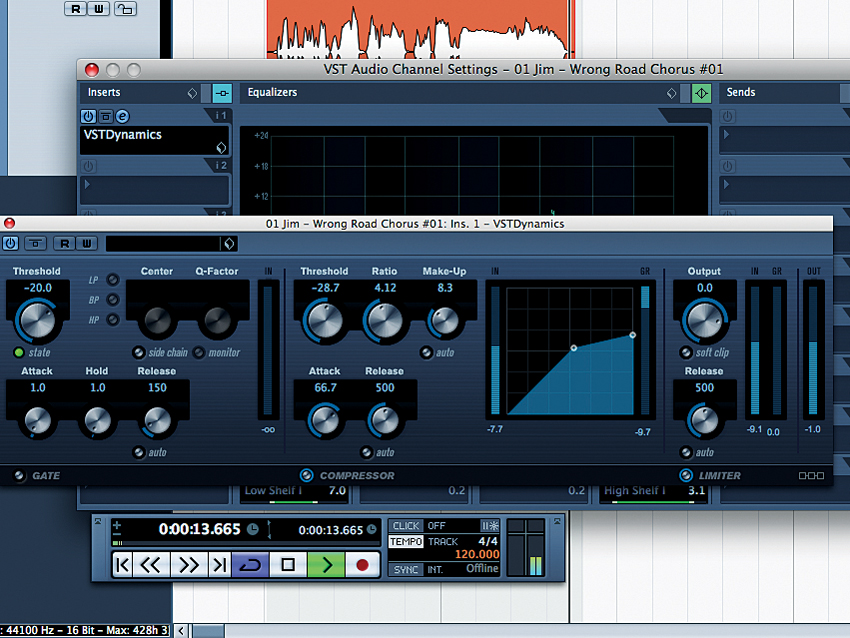
Compression and limiting
Step 2: Likewise, you can hit the compression really hard to get a powerful, pumping vocal. We go for a Ratio of just below 5:1, with slow Attack and medium Release, and a good dose of Make-Up gain. A limiter probably wouldn’t hurt either if your singer has a big voice.
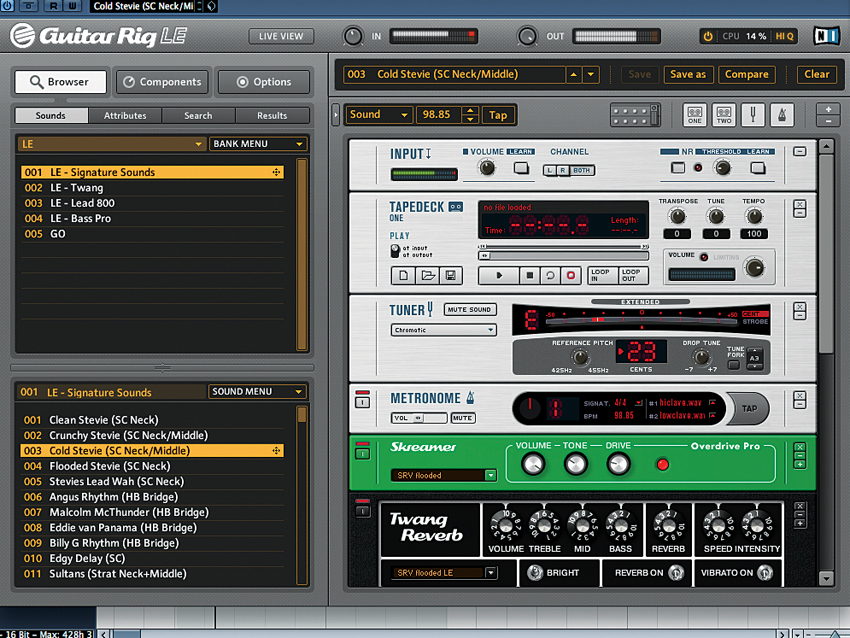
Distort it!
Step 3: Nothing will help you get a classic rock sound quicker than putting your vocals through some distortion. NI’s Guitar Rig 3 works great on guitars, but is just as effective on other sources, including vocals. We use it as a send effect to give our singer a bit of crunch.
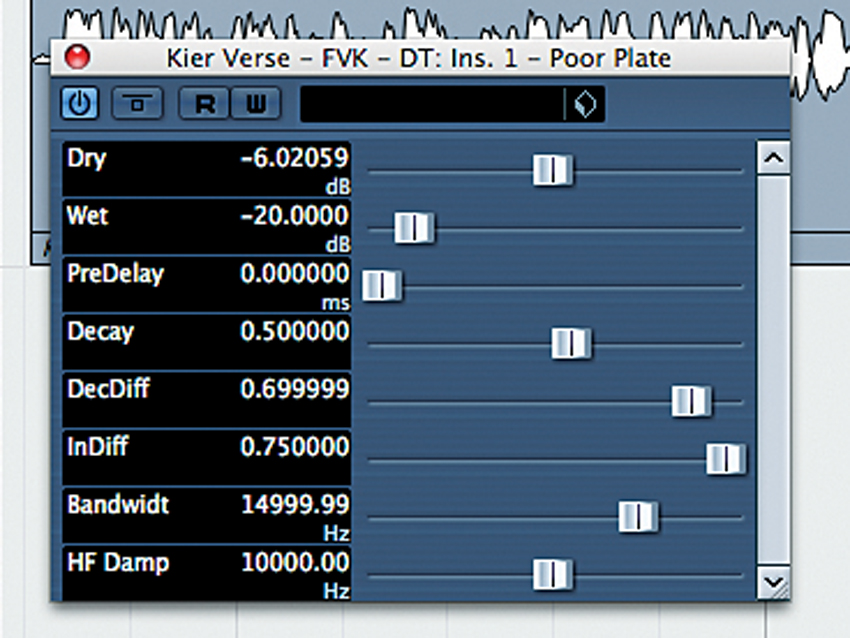
Pull it back?
Step 4: Sometimes things are a bit less intense and you need to tone down that huge sound a little to preserve the dynamics. We switch vocals to something quieter and with more dynamic range, then pull back the processing a little, and add some reverb.
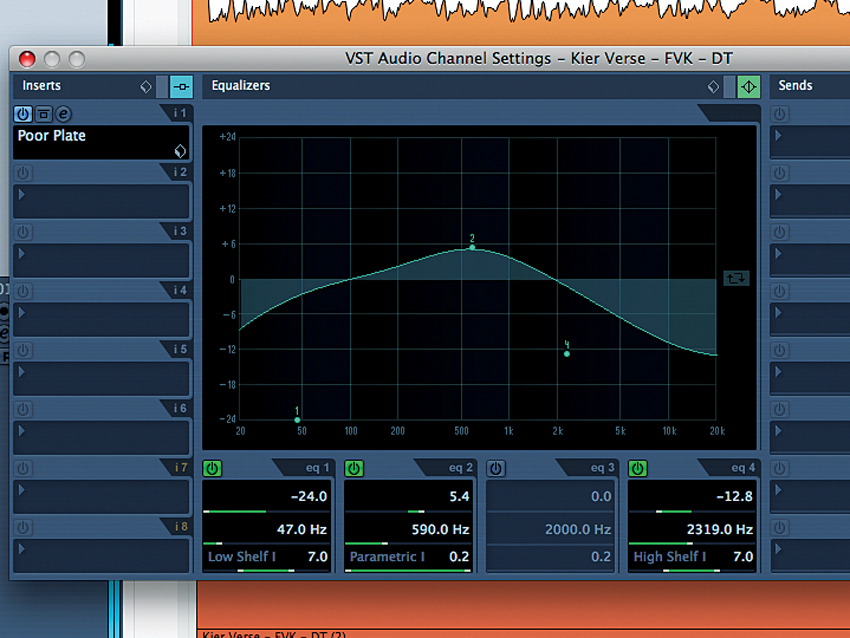
'60s layered vocals
Step 5: Aiming for an old-school, ‘60s-style vocal? Layer a couple of different takes, then EQ out the highs and lows and boost the mids. You won’t need a huge amount of compression, but a little reverb and delay will go a long way towards achieving this effect.
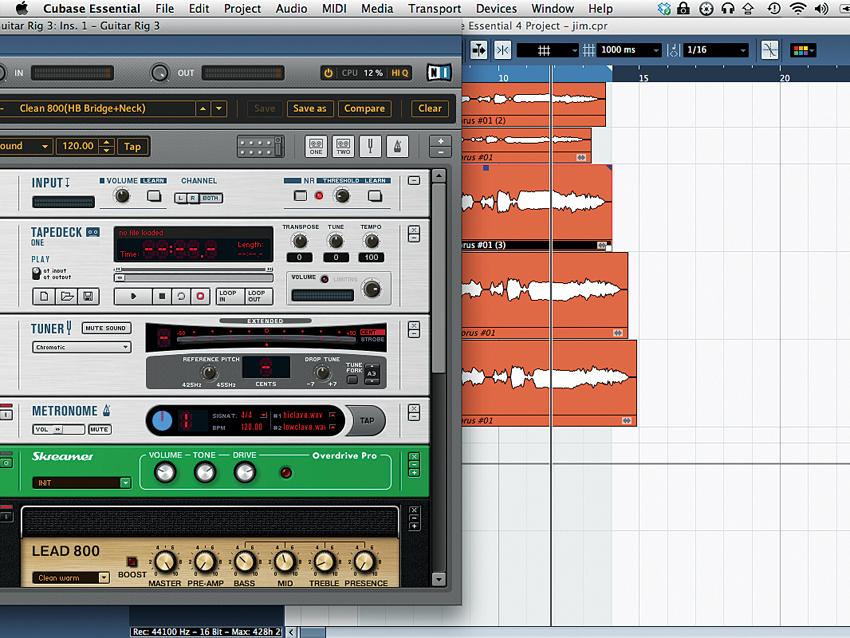
Demonic metal
Step 6: No guide to rock vocals would be complete without some demonic metal. We turn our first vocal into a seething hell-beast by layering up a number of different compressed vocal takes and sending them all to an auxiliary track with Guitar Rig 3 loaded onto it. We also spike the EQ at around 80Hz to give it some grunt.

Computer Music magazine is the world’s best selling publication dedicated solely to making great music with your Mac or PC computer. Each issue it brings its lucky readers the best in cutting-edge tutorials, need-to-know, expert software reviews and even all the tools you actually need to make great music today, courtesy of our legendary CM Plugin Suite.









